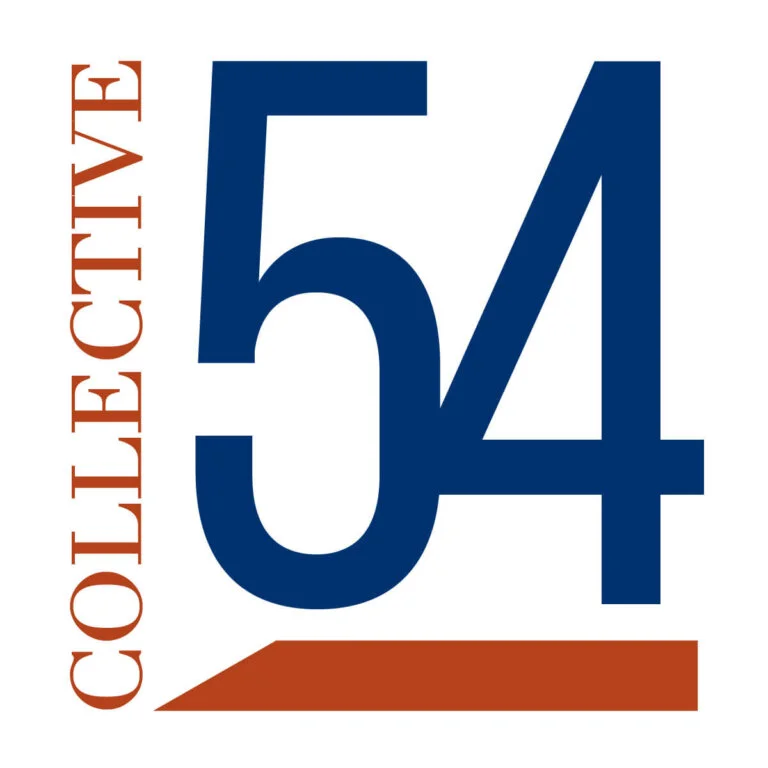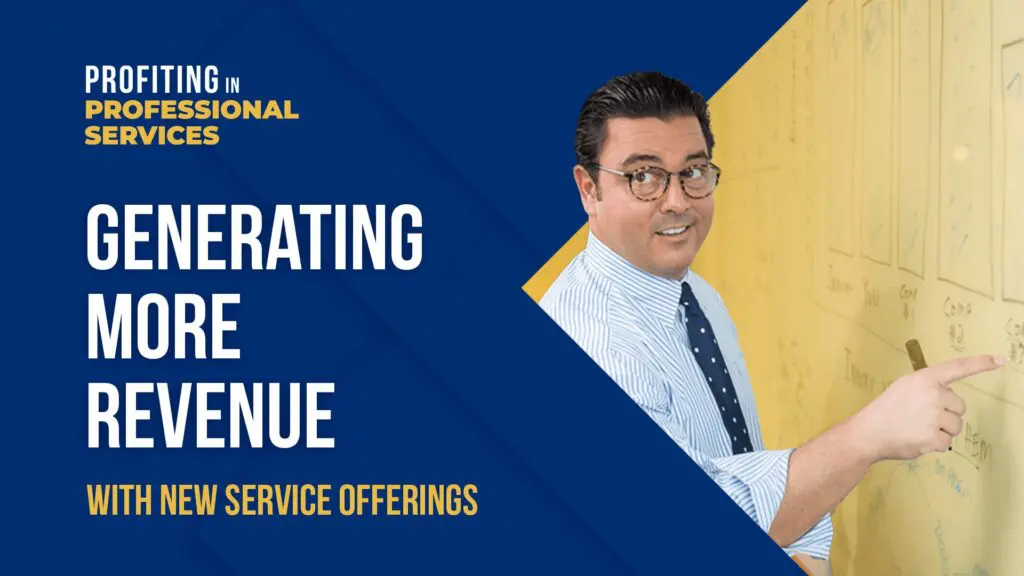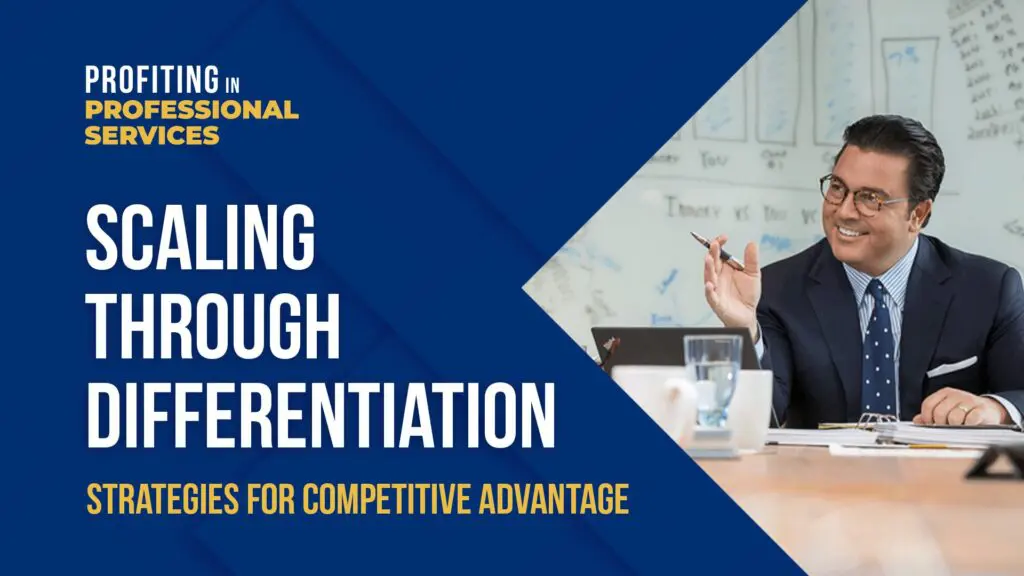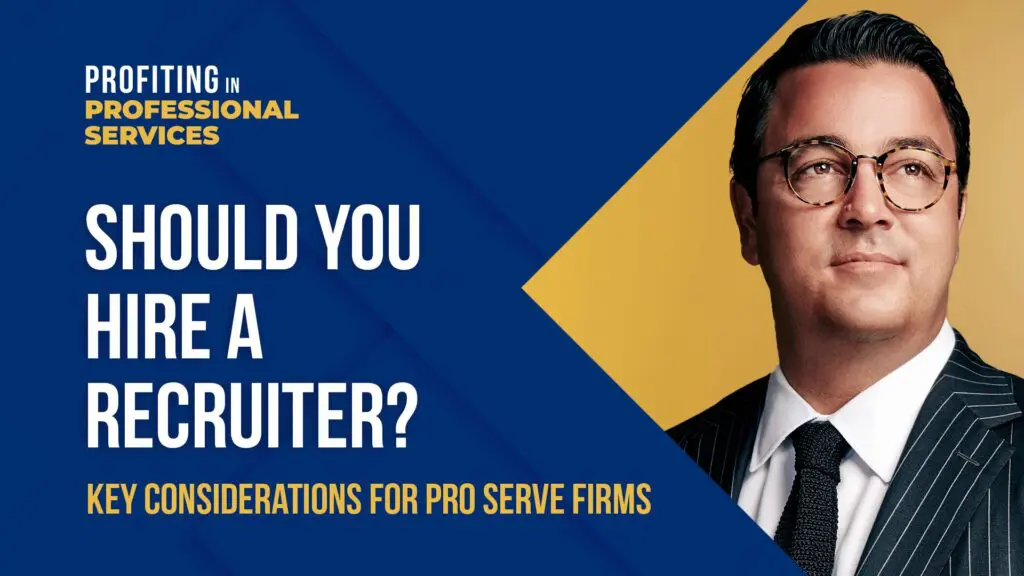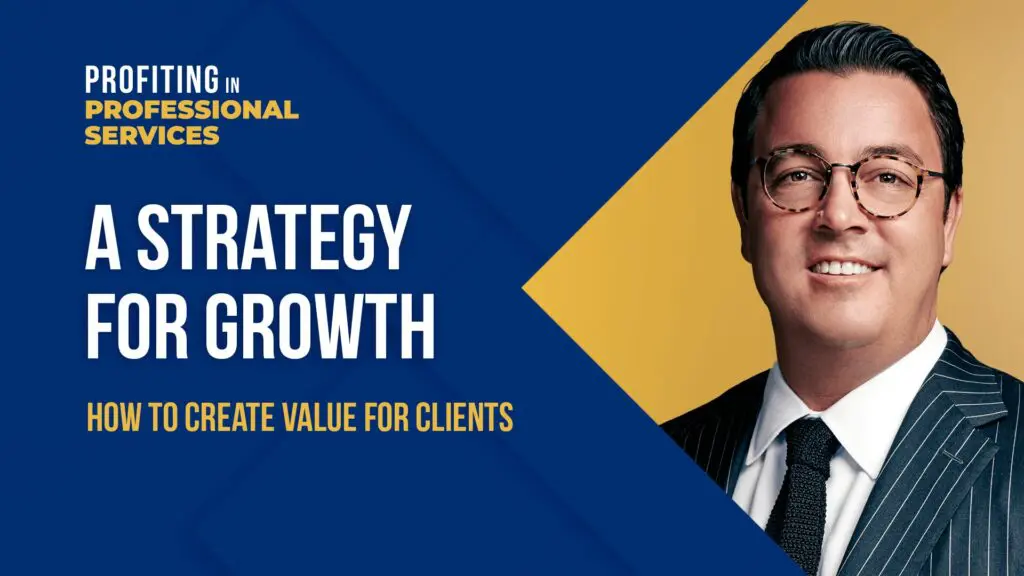Episode 134 – How to Capitalize on the Shifts in Labor Cost Across the Globe – Member Case by Satyam Kantamneni
Offshoring, or Nearshoring, is a proven method for founders to earn more. However, in a post pandemic world the acceptance of remote work has increased, and this has had a profound effect on labor costs across the globe. On this session, Collective 54 member Satyam Kantamneni shares how the cost per hour shifts by location, and how to take advantage of the opportunities being created.
